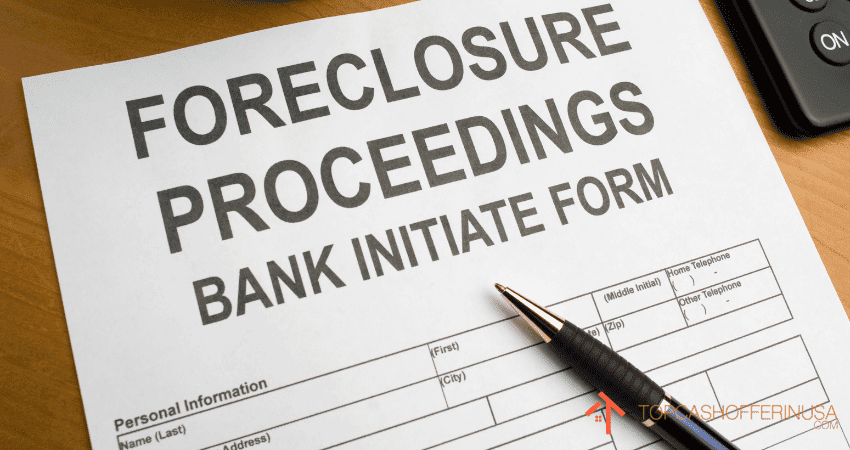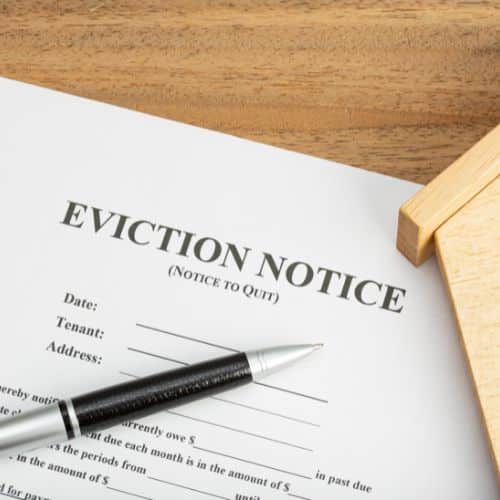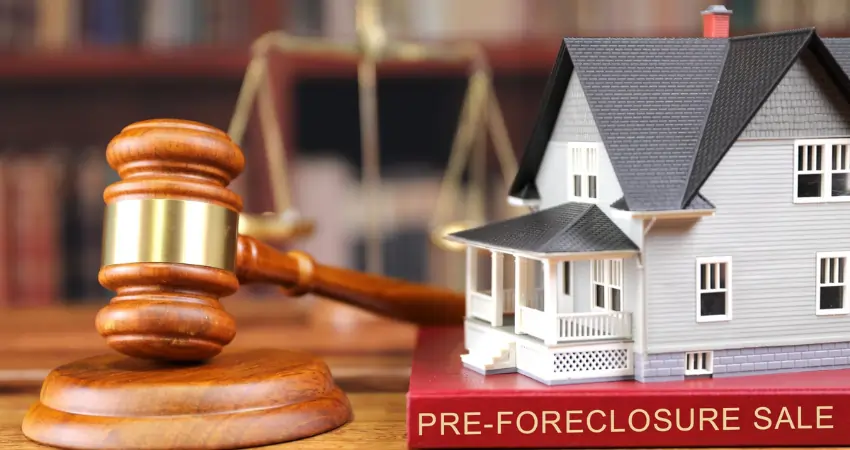How long is the pre-foreclosure process?
There are six key steps or phases that follow pre-foreclosure. Getting out of pre-closure can sometimes be easy if you follow the right steps. The foreclosure process differs in every state, but generally speaking, there are six major phases that you should be aware of.



